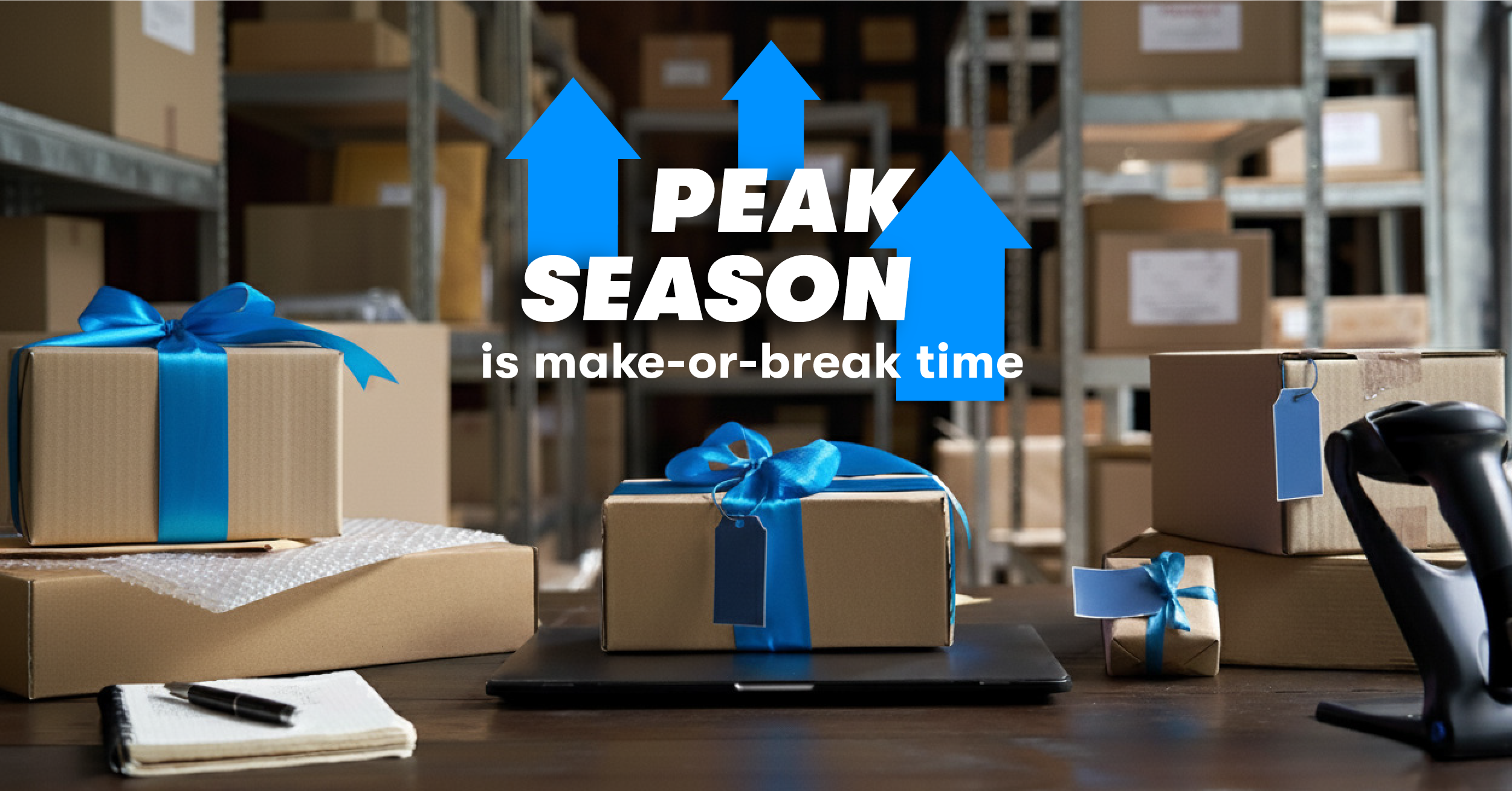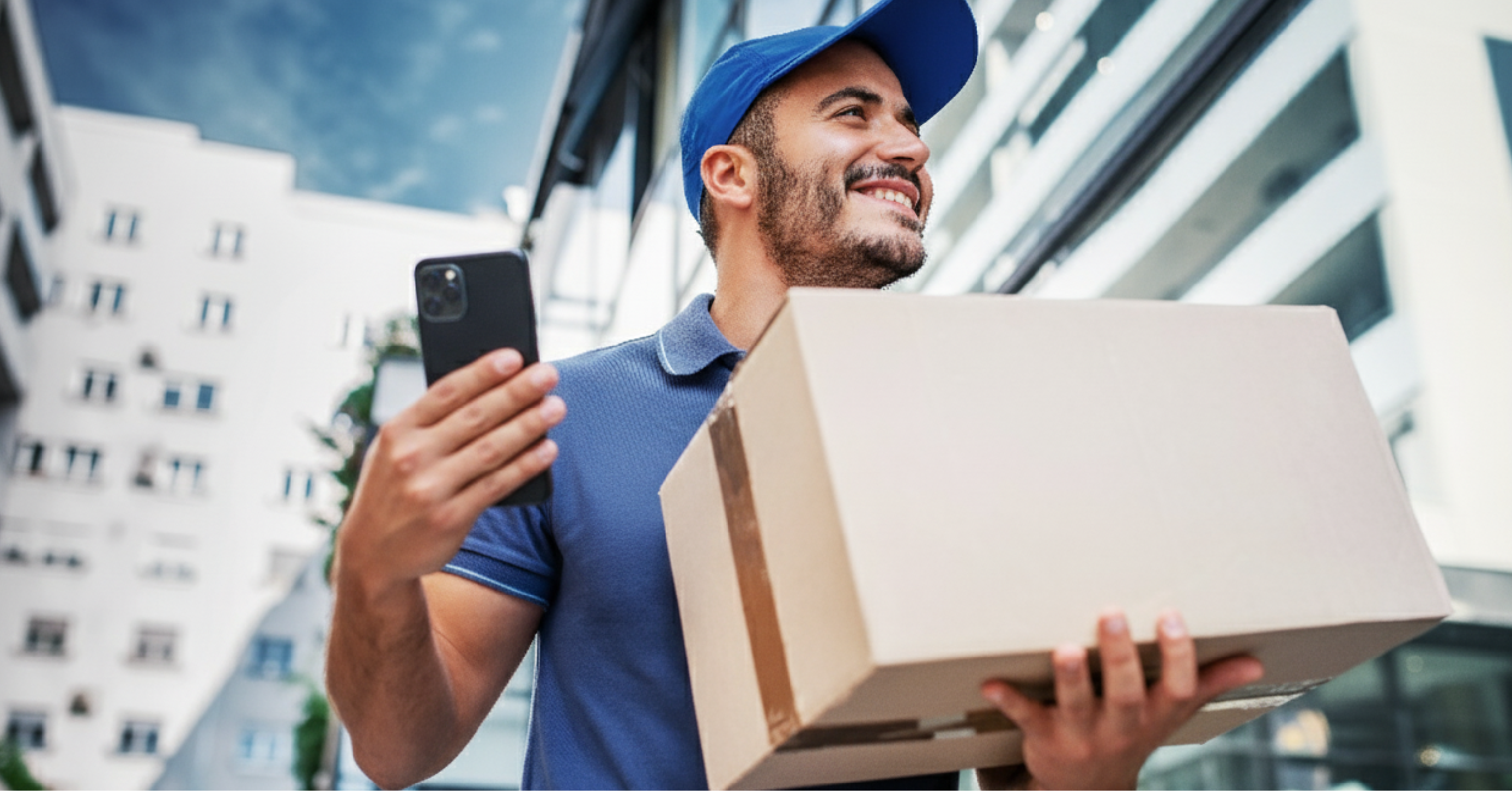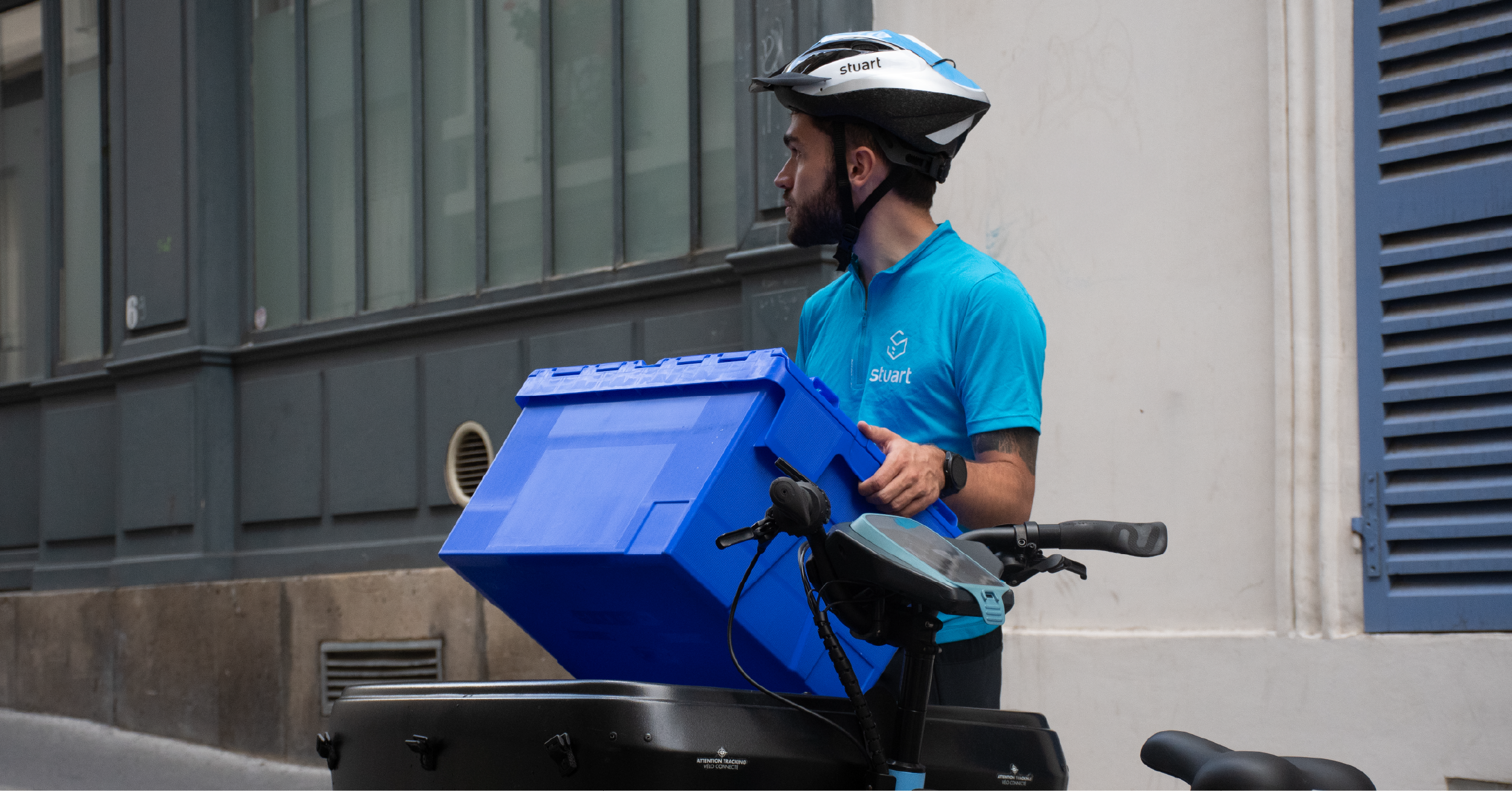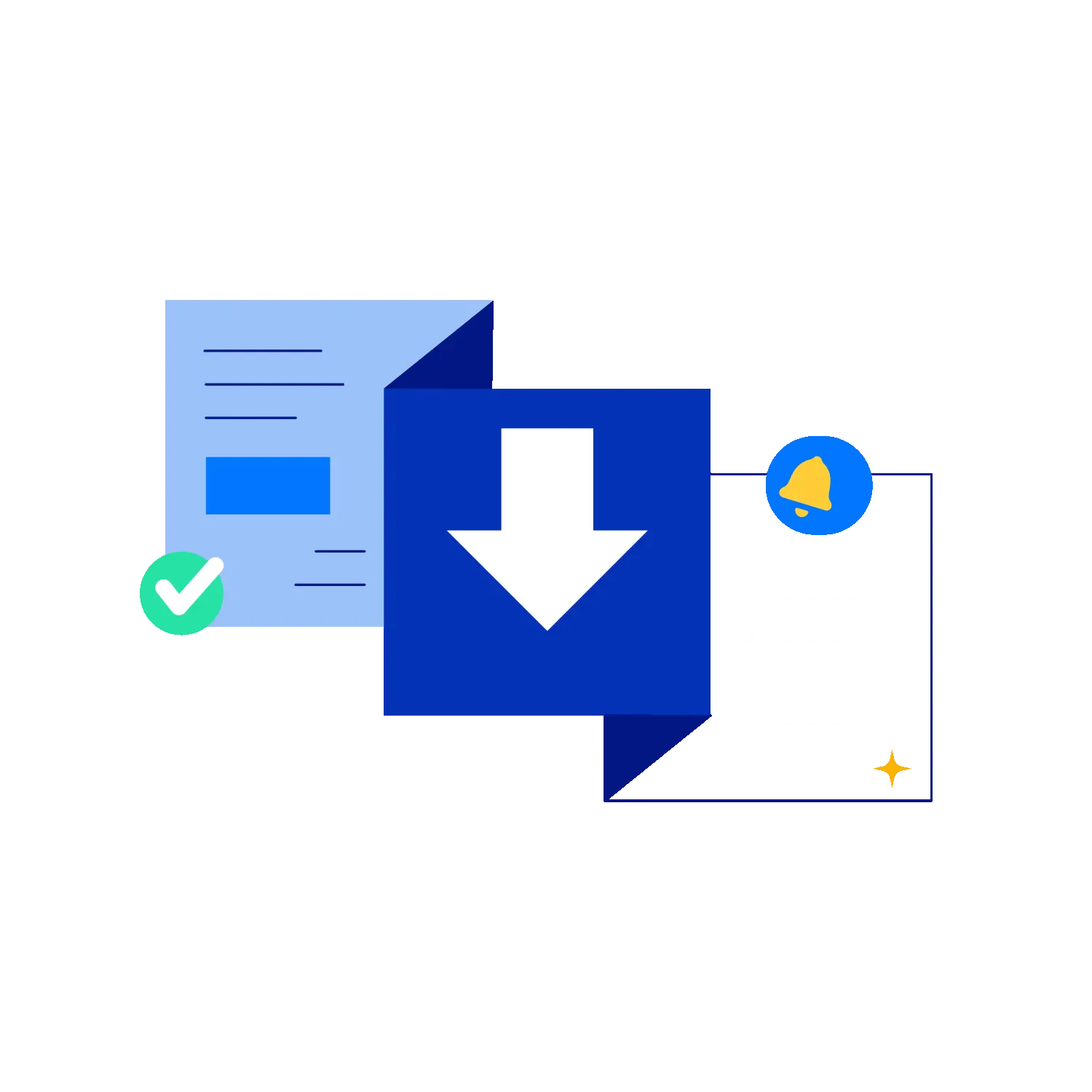18/08/2025
Although the food and beverage industry was reluctant to begin integrating new-wave technologies into their kitchens pre-pandemic, the stay-at-home orders of 2020 thrust restaurants into survival mode or out of business. Three years later, the food delivery era still shows no signs of slowing down, and restaurants need all the help they can get amidst an uncertain economic future.
When it comes to dining experiences, restaurant-goers now expect some degree of streamlined service. In a world where instant gratification is the new normal, restaurant owners must harness innovative restaurant technologies to satisfy hungry customers and your bottom line. So, here are some must-know restaurant technology trends for every restaurant owner in 2023.
Optimising food delivery operations
Let's be honest: operational inefficiencies are a surefire way to complicate food delivery at your restaurant. To solve this, you could invest in third-party delivery solutions like Uber Eats and Deliveroo to grow your reach. However, you're then stuck managing terrace patrons, in-house diners, and online orders across multiple tablets, leaving your kitchens in chaos and your customers waiting. Not to mention, you have the added burden of costly commissions!
What can you do to reduce operational redundancies and costs? Give these restaurant tech trends a try:
1. Online order aggregating
An online order aggregator or integrator is a technology solution that combines all your food delivery platforms (think several marketplaces and your own delivery channel) into one place. That way, you can reduce costs and human error, minimise kitchen overwhelm, and keep everyone on the same page–without constantly pivoting between multiple devices.
Want to learn more about online order aggregators and how they can solve your on-demand delivery needs? Download our Food Guide to learn more about your options.
2. Real-time delivery tracking & route optimisation
It's not enough to provide a seamless ordering experience for customers. Restaurants should also invest in tech that simplifies food delivery hand-offs between kitchens, couriers, and customers.
Implementing reliable and accurate real-time delivery tracking can enhance client satisfaction. Additionally, incorporating software that optimises delivery routes can help minimise customer wait times, increase delivery capacity, and reduce fuel costs and emissions.
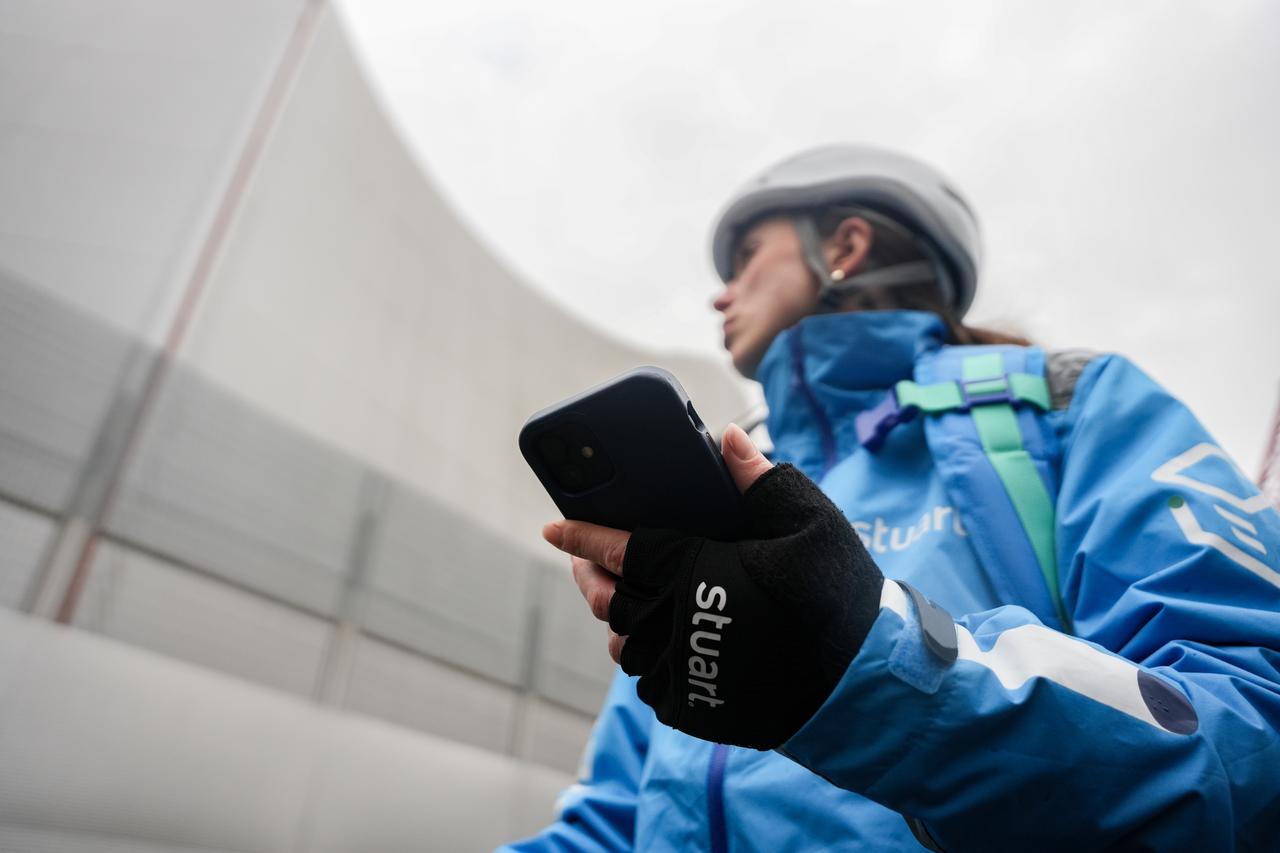
Implementing sustainability practices
Finding ways to offset the carbon footprint of your restaurant and food deliveries isn't just about catering to the preferences of sustainably-minded customers; it's often a matter of regulatory compliance, legislation, and social consciousness. That said, there are also many benefits to environmentally-friendly business practices, like long-term cost-effectiveness and growth.
Let's take a look at a few trends that can deepen and enrich your restaurant's sustainability efforts:
1. Contactless technologies
Contactless ordering and payment options are in high demand among customers and restaurant owners this year. Why? There are many reasons: they're hygienic, convenient, secure, labour-saving, and easily integrated into your current POS setup.
Contactless technologies such as NFC (Near Field Communication), which allows users to pay with their smartphones or Apple watches, can help streamline transactions in-restaurant and reduce wait times during pay-at-the-door deliveries. Additionally, virtual menus shared online or via QR codes can save restaurants the expense and hassle of printing, cleaning, and maintaining hard-copy menus–which helps reduce waste.
2. Sustainable packaging and waste
Many restaurants have already started providing environmentally-conscious packaging for food deliveries and take-away orders, like biodegradable containers and utensils. However, industry leaders constantly develop new technologies to eliminate single-use plastics and improve biodegradable options.
What's more, we're now seeing kitchens incorporate new smart bins and waste-tracking software to help reduce environmental impact and lost profits from unnecessary food waste.
Leveraging customer data
More and more restaurant owners are opting to fulfil delivery orders through their own branded website or app instead of relying on third-party marketplaces. Although third-party delivery systems are a great starting option for restaurants without the bandwidth or budget to create their own, there are several limitations, especially around access and control of customer information.
Aside from saving on commission fees, starting your own delivery channel also gives you https://blog.stuart.com/en/last-mile-delivery/5-tips-for-using-data-to-boost-your-sales you can use to boost sales. Here's what data analytics tech is trending for restauranteurs:
1. Customer data analytics
Customer data refers to information about user behaviours collected on a website or mobile ordering app. For example, in the restaurant business, it can be helpful to analyse data about what menu items clients order most, when and where you get the most traffic, and more.
From such analyses, you can find opportunities to close profit gaps and make informed decisions about menu pricing and delivery fees. With marketplaces like Uber Eats, your access to this goldmine of user information is limited. Alternatively, when you create your own delivery channel, you gain full access to customer data and can make informed choices on what to do with it.
2. Predictive data analytics
Restauranteurs tend to have a good eye for inventory management, but in these uncertain times, every euro counts, making the adage, "waste not, want not," feel especially relevant. Predictive data analytics can help business owners forecast demand to minimise food waste and financial risks associated with ordering more than they need from suppliers.
As a bonus, predictive data analysis can help you identify and predict buying trends to stay ahead of the curve.
3. Customer relationship management (CRM)
Leveraging the data collected above, you can also try customer relationship management (CRM) software to take the guesswork out of many digital marketing initiatives to expand your reach and improve business. Using a CRM system, you can identify data-driven strategies by implementing targeted promotions and crafting personalised food delivery experiences that enhance customer loyalty and retention.
Many local foodies rallied around their favourite restaurants during the Covid-19 lockdowns with initiatives to support local businesses becoming a strong customer preference. Investing in symbiotic relationships with your customers isn't just good business–it's also a rewarding way to give back to your community.
As the food service and delivery industry evolves, experienced business owners understand their need to embrace new technology. Streamlining food delivery services with restaurant tech can help you stay afloat through unstable financial climates. Beyond the ability to survive, savvy restauranteurs willing to use technology as a strategic advantage may even find themselves capable of rising above the competition to thrive.
However, remember that there is no one-size-fits-all formula for successfully rolling out a restaurant technology strategy. It's essential to assess the unique needs of your business as they may vary depending on your restaurant's size, budget, and target customer base. Completing an internal audit of your operational requirements and areas of potential growth can help you choose tech solutions that align with your specific business goals.
Want to offer high-quality delivery without eating into your profit margins? Look no further–Stuart can help. Contact us today to discover your restaurant's next competitive edge.
45% of retailers & grocers choose ship from store delivery as their first choice
45% of retailers & grocers choose ship from store delivery as their first choice
Discover and leverage Stuart use cases
Stay up to date on delivery trends
Choose the last-mile topics you are most interested in and we will take care of the rest

Stuart is Europe’s leading last-mile B2B delivery platform. Since 2015, we’ve been empowering businesses across all industries with fast and reliable on-demand delivery solutions. Our platform instantaneously connects businesses of all sizes to a fleet of high-quality couriers.
